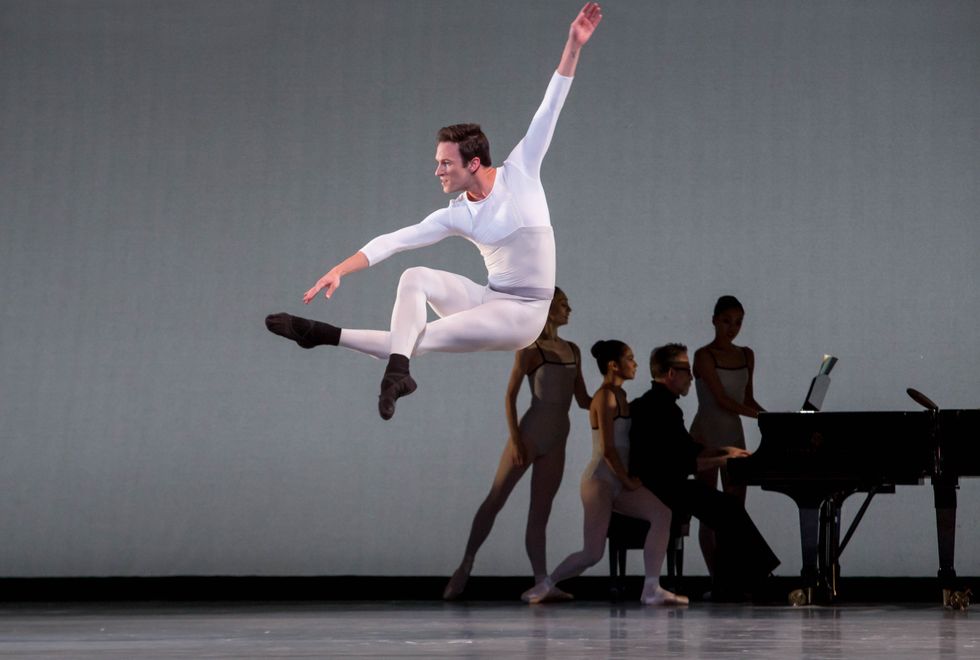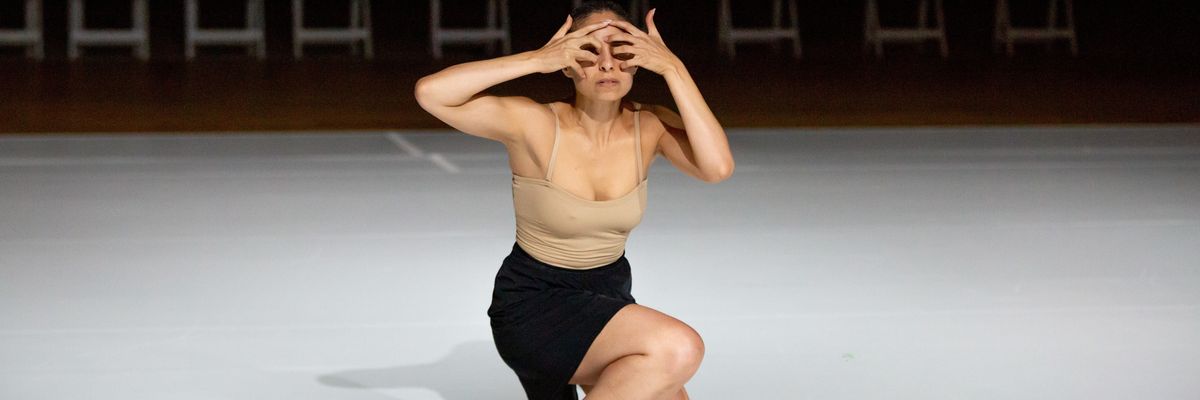The Case Against Sharing Everything on Social Media
When Joffrey Ballet dancer Rory Hohenstein first created an Instagram account, the choice to make it private was merely incidental. This was before the platform became such a powerful tool for self-promotion in the dance world, and he was concerned about strangers having an inside look at his life and younger dancers seeing him use the occasional curse word.
Years later, he still hasn’t gone public, and has come to value Instagram as a place where he can stay in touch with friends and family or relive favorite memories, not as a tool to advance his career.
Though social media has become a powerful way for dancers and choreographers to connect with audiences, land gigs and promote their work, not everyone is taking part.

Rory Hohenstein in Justin Peck’s In Creases
Cheryl Mann, Courtesy Joffrey Ballet
Choreographer Danielle Agami abstains from social media completely, citing her general ideological opposition to the platforms.
“I feel a lot of sorrow for people who are buried under this idea that social media is going to decide their future or the amount of love they might experience,” she says. “I know I don’t miss anything by not participating in that.”
Agami feels that social media distracts from the artistic process of choreographers, and says that she gets the gigs she does because she’s always “working hard in the studio instead of being on Facebook.” But she has the advantage of having someone to run the accounts for her company, Ate9, which she says she never looks at.
Many dancers use Instagram to forge a deeper relationship with audiences, posting about their touring schedule, cross-training routine and injury recovery. But that sense of intimacy makes some dancers uncomfortable.
“I never identified with the feeling of wanting to be seen by the public,” says Pacific Northwest Ballet principal Leta Biasucci, who has a private Instagram account where she’s only posted five times. “I haven’t found a way to do that that has felt authentic and meaningful.”
And while some artists post snippets of their work in hopes of seducing followers into experiencing it live, Agami worries that this often has the opposite effect: Making potential audience members feel like they’ve already seen the work. “I think the last thing dancers should be talking about is how they can be visible on social media,” she says.
But choosing not to post has its costs. Artists risk losing out on potentially lucrative brand partnerships and press opportunities—and perhaps even jobs. “I recognize that I’m not doing myself any favors,” says Biasucci.
Do young dancers who haven’t yet established themselves have the luxury of opting out of social media? “I don’t want to believe that it is necessary to achieve success,” says Biasucci. “I have put confidence in the idea of allowing one’s work to speak for itself.”




